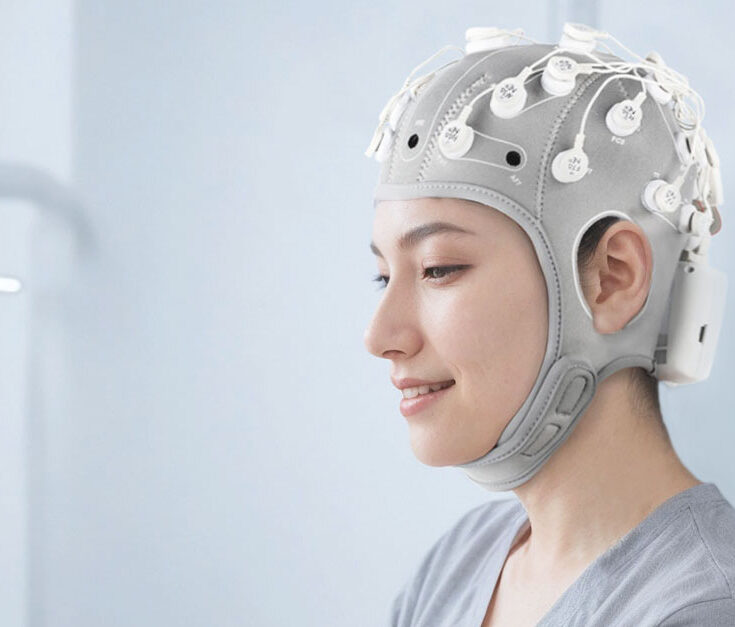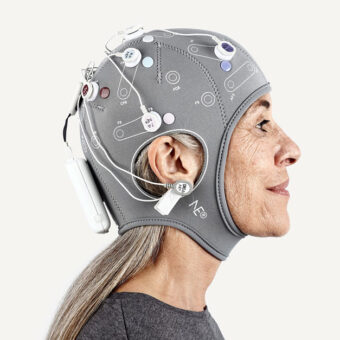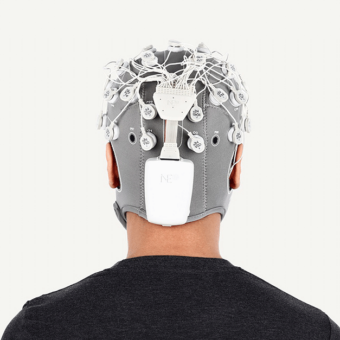In recent years, the Intensive Care Unit (ICU) has witnessed a remarkable advancement in patient monitoring technology, notably through the integration of continuous electroencephalogram (cEEG) monitoring. This innovative approach has substantially enhanced our capability to assess and respond to the dynamic changes in brain function among critically ill patients, providing a critical tool for early detection of neurological issues and guiding treatment strategies.
A Closer Look at EEG Technology
EEG technology offers a non-invasive, continuous window into the electrical activity of the brain, acting as a critical tool in settings where neurological status is in flux. Its capability to detect nonconvulsive seizures (NCSz), status epilepticus (SE), and other subtle neurological anomalies—often invisible to conventional monitoring—marks a significant leap forward in patient care.
The Imperative for EEG in the Intensive Care Unit
The deployment of EEG monitoring within the ICU is driven by a pressing need. Patients enduring comas, traumatic brain injuries, strokes, or grappling with the aftermath of surgery are particularly vulnerable to seizures, including elusive nonconvulsive types that evade traditional diagnostic methods. These seizures can intensify brain injury, compromising recovery. Hence, cEEG’s role in swiftly identifying and addressing these seizures is critical for mitigating secondary brain damage and enhancing patient outcomes.
Additionally, EEG is pivotal in managing increased intracranial pressure, guiding pharmacological coma administration, and overseeing brain ischemia monitoring, especially pertinent for patients with subarachnoid hemorrhage. Its ability to deliver uninterrupted, real-time data solidifies cEEG as a cornerstone of neurocritical care.
EEG in the ICU: Unmasking Hidden Neurological Challenges
Through the lens of EEG technology, the intricacies of neurological complications in ICU patients are brought to light, revealing a clearer understanding of their origins and implications:
- Trauma and Structural Brain Injuries: EEG has been instrumental in detecting seizures in patients with traumatic brain injuries or post-neurosurgery, where undiagnosed seizures pose a risk of further damage.
- Metabolic and Electrolyte Imbalances: The ICU is often the battleground for metabolic disturbances that can negatively impact brain function. Continuous EEG monitoring is key in identifying these imbalances, allowing for timely corrective measures.
- Infections and Inflammation: Central nervous system infections can precipitate seizures and neurological abnormalities. EEG monitoring facilitates the early detection of these issues, guiding critical early treatment decisions.
- Vascular Disorders: In patients with vascular anomalies or those at risk for ischemic stroke, EEG monitoring is essential for identifying signs of brain ischemia or seizure activities, informing strategies to protect cerebral perfusion and function.
- Pharmacological Interventions and Withdrawal: The complex medication regimens in the ICU can trigger neurotoxic effects or withdrawal symptoms. EEG offers a dynamic assessment of the brain’s reaction to these changes, ensuring therapeutic safety and efficacy.
Forward-Thinking: Elevating ICU Care with EEG Monitoring
The role of EEG in the ICU transcends traditional boundaries, emerging as a beacon that guides the way toward more nuanced and effective neurocritical care. By offering a continuous, comprehensive view of the brain’s electrical activity, EEG empowers healthcare providers to make informed decisions that optimize patient outcomes, highlighting the critical nature of real-time neurological monitoring.
As we continue to explore the depths of neurological care in the ICU, the insights gained from EEG monitoring will undoubtedly play a central role in shaping future interventions. This technology not only facilitates a deeper understanding of neurological disturbances but also heralds a new era of personalized and precise care for critically ill patients.
Discover Our EEG Solutions for the ICU
We encourage healthcare professionals to explore our suite of EEG monitoring solutions designed specifically for the ICU setting. Experience how our cutting-edge technology can transform the landscape of neurocritical care, offering unprecedented insights into the dynamic workings of the brain and significantly improving patient outcomes in the ICU.
References:
- Friedman, D., Claassen, J., & Hirsch, L. J. (2009). Continuous Electroencephalogram Monitoring in the Intensive Care Unit. Anesthesia & Analgesia, 109(2), 506-523.



